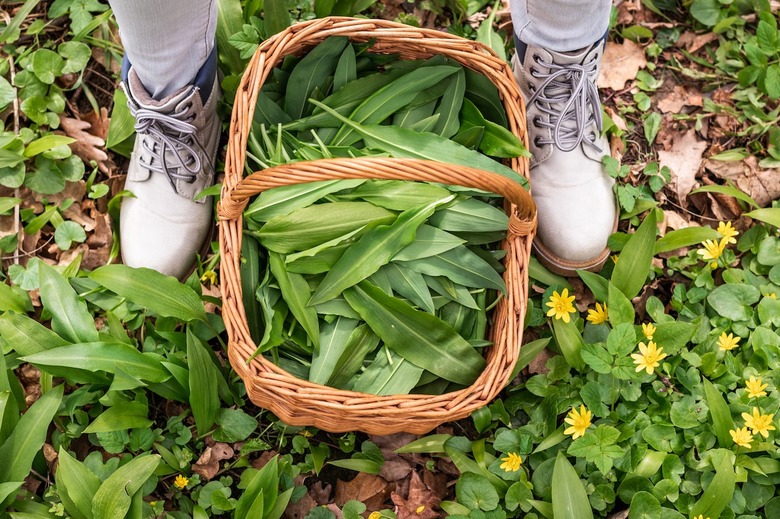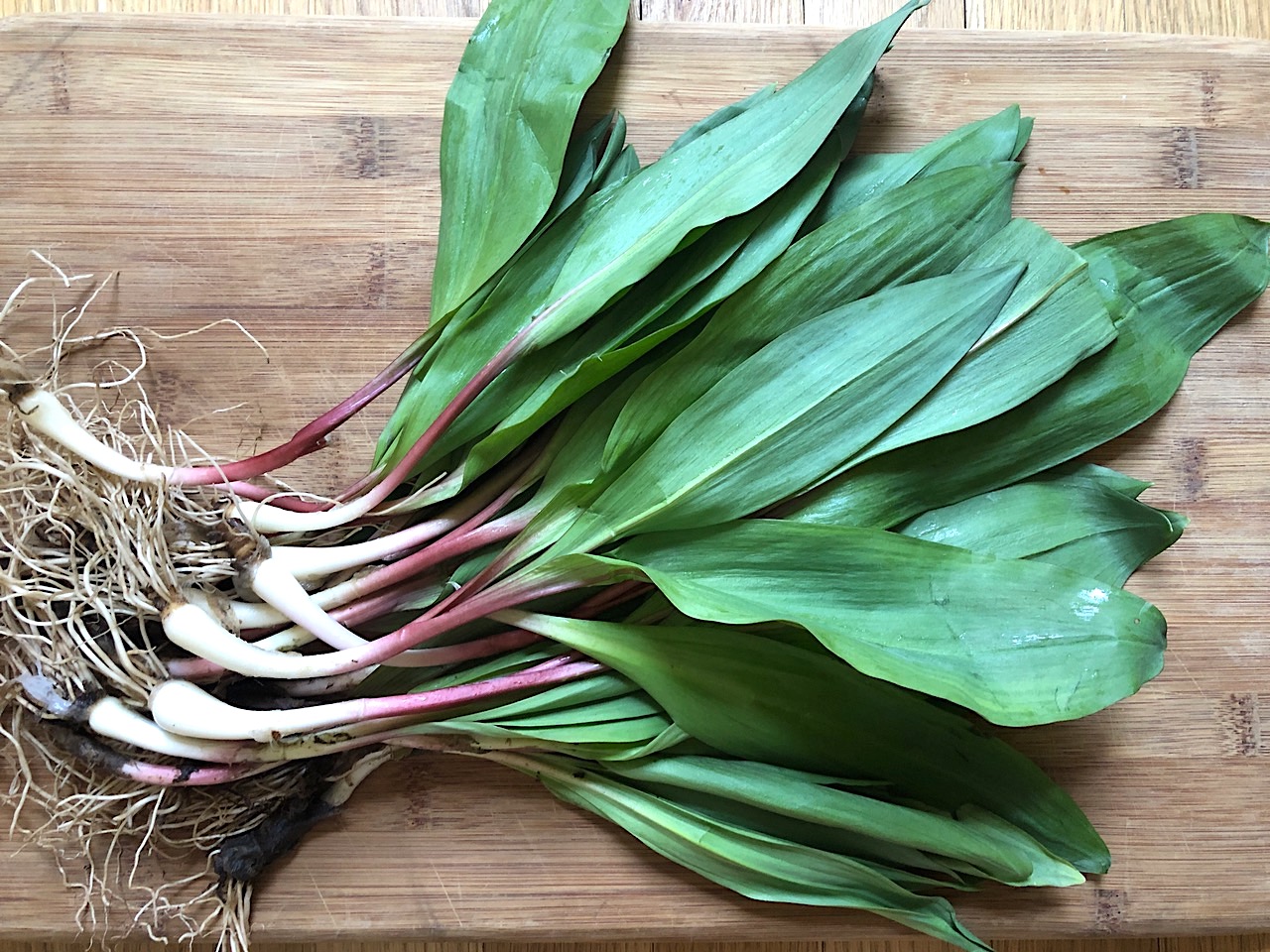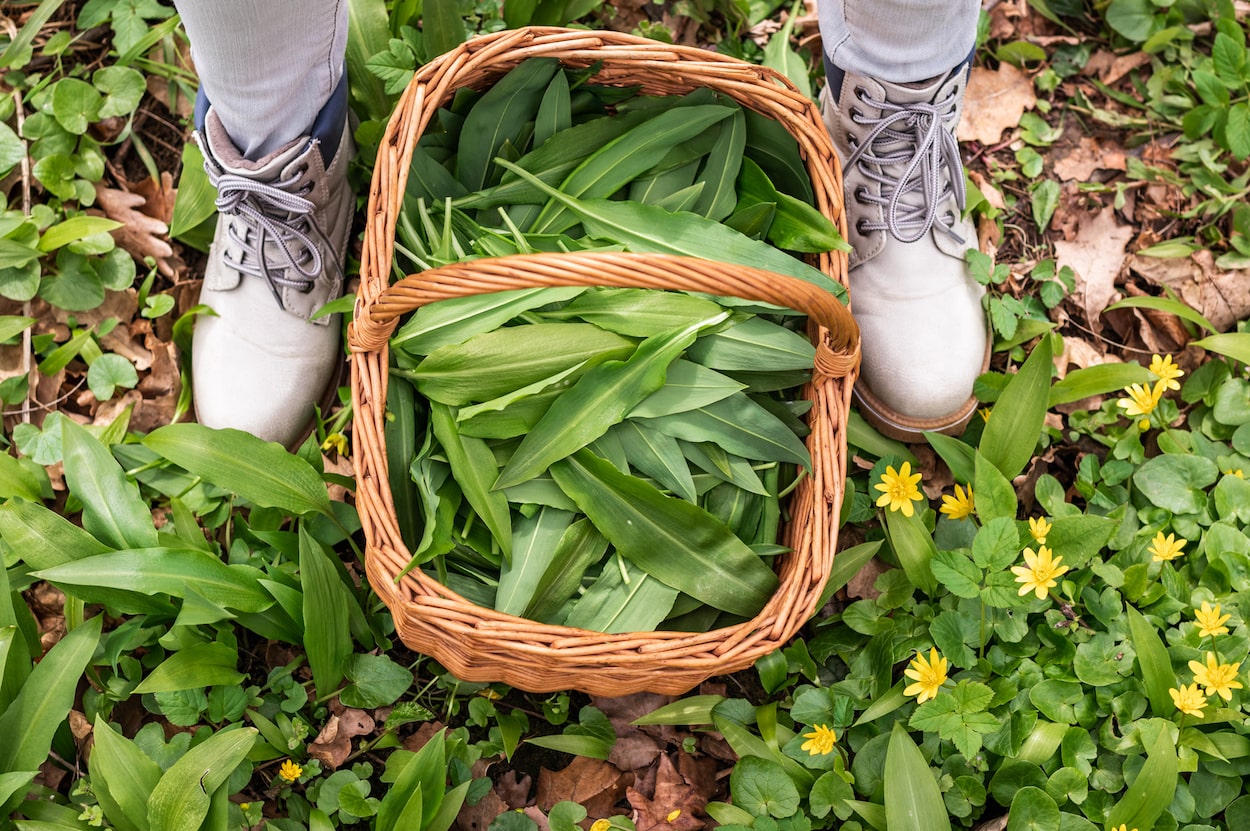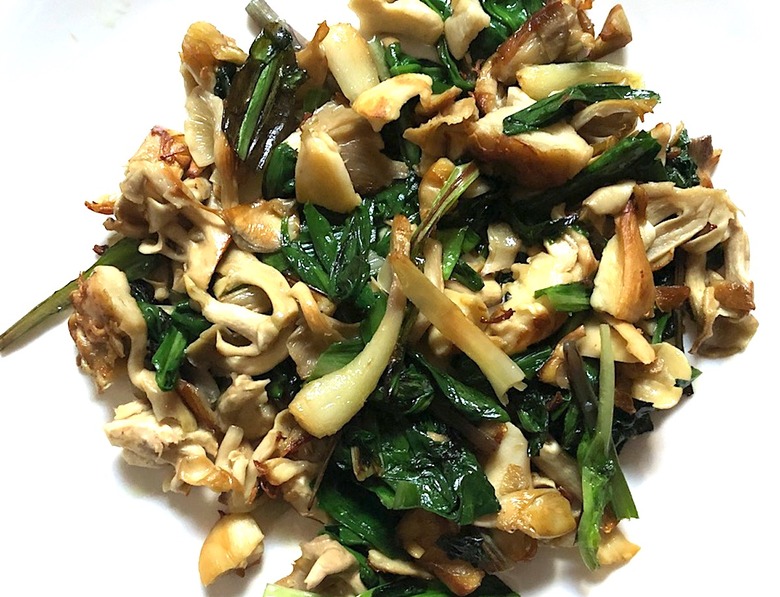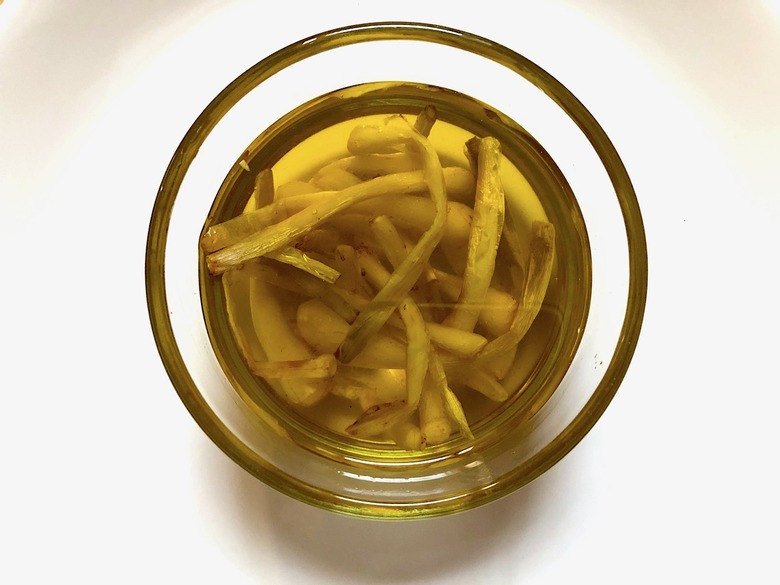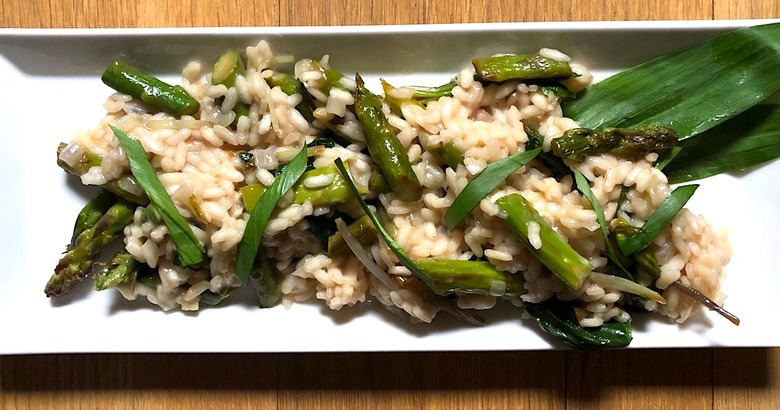Ingredient Spotlight: Ramps (And 3 Ramp Recipes)
Following the run of sap from maple trees, the next spring harvest is vibrant green and forest-found. Ramps are often known as the holy grail of wild edibles and can fetch a pretty penny at farmers markets.
What's in Season in Spring: Asparagus, Spinach, Peas and More
Their notoriously short growing season and difficulty to cultivate — paired with their pleasant onion-garlic flavor and leafy texture — have made ramps a coveted hot ticket item. But what exactly are they? How can you find and responsibly harvest them? And what should you do with ramps once you've gotten your hands on some? Read on for the answers or jump straight to the ramp recipes.
What are ramps?
Also referred to as wild leeks or ransom, ramps are part of the allium family (Allium tricoccum) and found in hardwood forests with substantial deciduous tree canopies, seen streamside where there is rich, loamy soil. Their clusters of beautiful green, flat leaves grow out of the forest floor, peeking out of the dried tree leaves shed during the previous autumn.
While walking through the forest you may smell the ramps before you see them; their pungent garlic and onion aroma will punctuate the scent of the damp spring soil. The flavor of ramps follows the garlicky-onion aroma, and while not overpowering, it makes its presence known. All parts of the ramp are edible — the bulb, the stem and the leaf — and they pack a powerful punch of vitamins A and C.
When is ramp season?
Look for harvested ramps at farmers markets and groceries from Canada to Georgia and as far west as Missouri. Some can even be found in Minnesota and the Pacific Northwest. In upstate New York's Adirondack region, I've harvested in late April as the snow receded, all the way to late June.
As temperatures warm and the forest's trees leaf-out, purplish-white blossoms will emerge as the ramp leaves dry. The season ends when you can no longer easily identify the clusters. Seeds fall from the blossoms during late summer and can take up to 18 months to germinate.
Why is it so hard to grow ramps?
Ramps aren't typically cultivated like other garden vegetables — which is part of what makes them such a delicacy. They require shade and soil conditions like those found in forests to thrive and grow — quite different from your typical garden and farm environment — and can take many years to mature from seed. Compared with traditional crops, this is an extremely long growing cycle with low payoff.
How to harvest ramps
To harvest ramps it's important to be mindful of technique. It's's advised to take only one or two ramps from a cluster, which typically include up to six in a group. Ramps have a total length from bulb to leaf tip of about 10 to 14 inches.
Look for firm green leaves and extract the entire bunch from the earth (I've often used a large serving spoon as a tool for a gentler harvest). Tease away a couple of the ramps and carefully return the remainder of the ramps to the ground, covering the bulbs and roots well with soil. As flavor impact is similar, some recommend only trimming a few of the leaves and leaving the bulb and root behind altogether.
Ramps have become increasingly popular over the last couple of decades with restaurant chefs keen to add these delicacies to seasonally focused menus. As demand has increased, it's more important than ever to pay attention to sustainable foraging practices to ensure longevity to the next harvest season and beyond.
How to store ramps
When you get your ramps home, remove any paper-like skin and if storing, wrap a damp paper towel around the bulb and roots. Place the entire plant in a zip-top baggie — they'll keep this way for at least a week.
When ready to use, trim away the roots from the ramps, thoroughly rinse the bulb, stems and leaves of any soil and discard any leaves that may be yellow.
How to cook with ramps
Culinarily, you may treat the wild ramp as you would a cultivated leek, but cook it a shorter period of time. Leaves take even less time than the bulbs to cook and can be chopped or cut in a chiffonade (ribbon) fashion for garnish or used in a soup, sauce or pesto. The flavor of ramps is pronounced and a small quantity goes a long way.
Spotlight ramps in a frittata, in potato leek soup as a substitute for leeks or in risotto paired with lovely spring mushrooms or asparagus. If you're nearing the end of the season, preserve some in a confit or pickle them and add to a Gibson in place of cocktail onions. If you don't find a nearby ramp festival (or if regional pandemic rules don't allow for large gatherings), savor this ephemeral spring specialty with one of the recipes below, perhaps along with a margarita, mojito or other cocktail perfect for spring.
Ramp Recipes
Ramp and Mushroom Sauté
This simple and delectable dish can be made with any mushroom variety you can get your hands on. But if you want a dish that encapsulates wild spring produce then try to get your hands on some morels. A mix of mushrooms would be lovely as well, though the golden oyster mushrooms in the photo are pretty special too.
Ramp Confit
If you want to preserve your end-of-season ramps and are looking for something a little different than pickling, then try making a confit (just a fancy word for preserving food in oil). The confit ramps are terrific spread on slices of a crusty French baguette, stirred into soups, or layered on a sandwich. And the remaining flavor-filled oil is spectavular in salad dressings, pesto or in a sauté.
Spring Risotto with Ramps and Asparagus
Risotto is a perfect way to incorporate whatever veggies are in season. Here, wild ramps complement another start of the season: asparagus. Feel free to play around with other seasonal produce you have from your farmers market or CSA.
For the Spring Risotto with Ramps and Asparagus recipe, click here.
.
